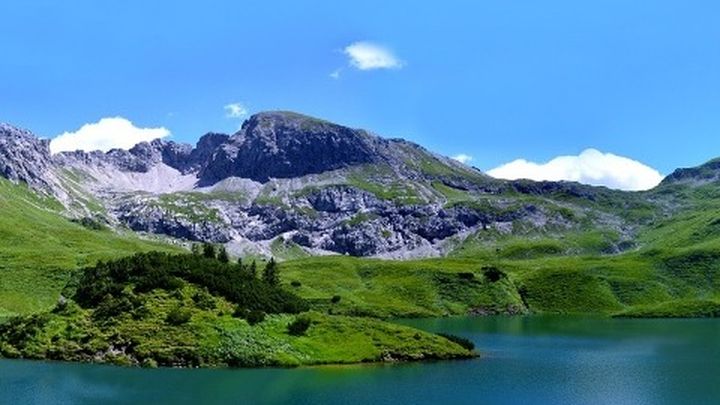
Mycorestoration for a Healthier Planet
We are running out of useable topsoil. We are losing the worlds great biodiversity, have issues with waste, and polluted waters amongst other problems that we've created.
In a collaboration of TIME Magazine and the World Economic Forum, an interview was had with University of Syndey professor John Crawford. This discussion revealed that we have about 60 years of topsoil left.
Some 40% of soil used for agriculture around the world is classed as either degraded or seriously degraded – the latter means that 70% of the topsoil, the layer allowing plants to grow, is gone. Because of various farming methods that strip the soil of carbon and make it less robust as well as weaker in nutrients, soil is being lost at between 10 and 40 times the rate at which it can be naturally replenished.
Mycologist Paul Stamets once said, "Habitats, like people, have immune systems which become weakened due to stress, disease, or exhaustion."
Mycorestoration, the implementation of fungi to reintroduce the natural immune system of the planet, can be implemented in the following ways:
- Mycofiltration
- Mycoforestry
- Mycoremediation
- Mycopesticides
The plan is to solve the global crisis of food production, and how healthy that food is; stopping of desertification of once-lush landscapes; regrowing old growth forests, a rebalance of biodiversity and halting the extinction of animals; healthy soils from deep woodland areas to your backyard garden; and the cleaning of waterways.
The setbacks that have halted a full mycorestoration plan to take form across the globe is the lack of knowledge in this subject and no technology.
We are on the edges of an abundant world and need the mindset that we can have an abundant future for all life forms on the planet. We have also seen technology skyrocket this century. Now it is time to build devices to read the health of soil, how much fungal mass is in the soil (so it can create more topsoil, clean the ecosystem of metals and chemicals, and bring a new age of biodiversity), and to implant spores at a grand scale.
I ask for help in funding to create the hardware that will be needed to clean up the world's soils. With this money, I can buy the proper equipment, more time traveling to diverse ecosystems to research and implement my work, and getting people to join this effort.
Current drone technology, ground penetrating radar, and many other sensors can be used to more refine new technology that will read how healthy a grounds soil is, and how much mycelium is in the ground. With this, you can pinpoint exactly where to introduce mycorestoration in an area. This saves money, time, and gets to the root of the problem.
Restoring the health of the ground will be followed up upon over time to make sure that nature is doing its job of naturally cleaning the soil, and more spores can be introduced to areas that still need improvement. This means that you could continue to scan the planet for years, to always monitor its health, and make the right decisions in fixing if it is needed. Much like how you have check-ups with your doctor to keep you healthy and active, so why shouldn't we be doing the same with the planet?
I will continue to work on this with the money I have, will work on building a website for people to see how my work is doing and will have a way for people to connect with me as to share their thoughts on the project.
Everything we need to make a sustainable future is right in front of us, let us not wait to make it happen.
